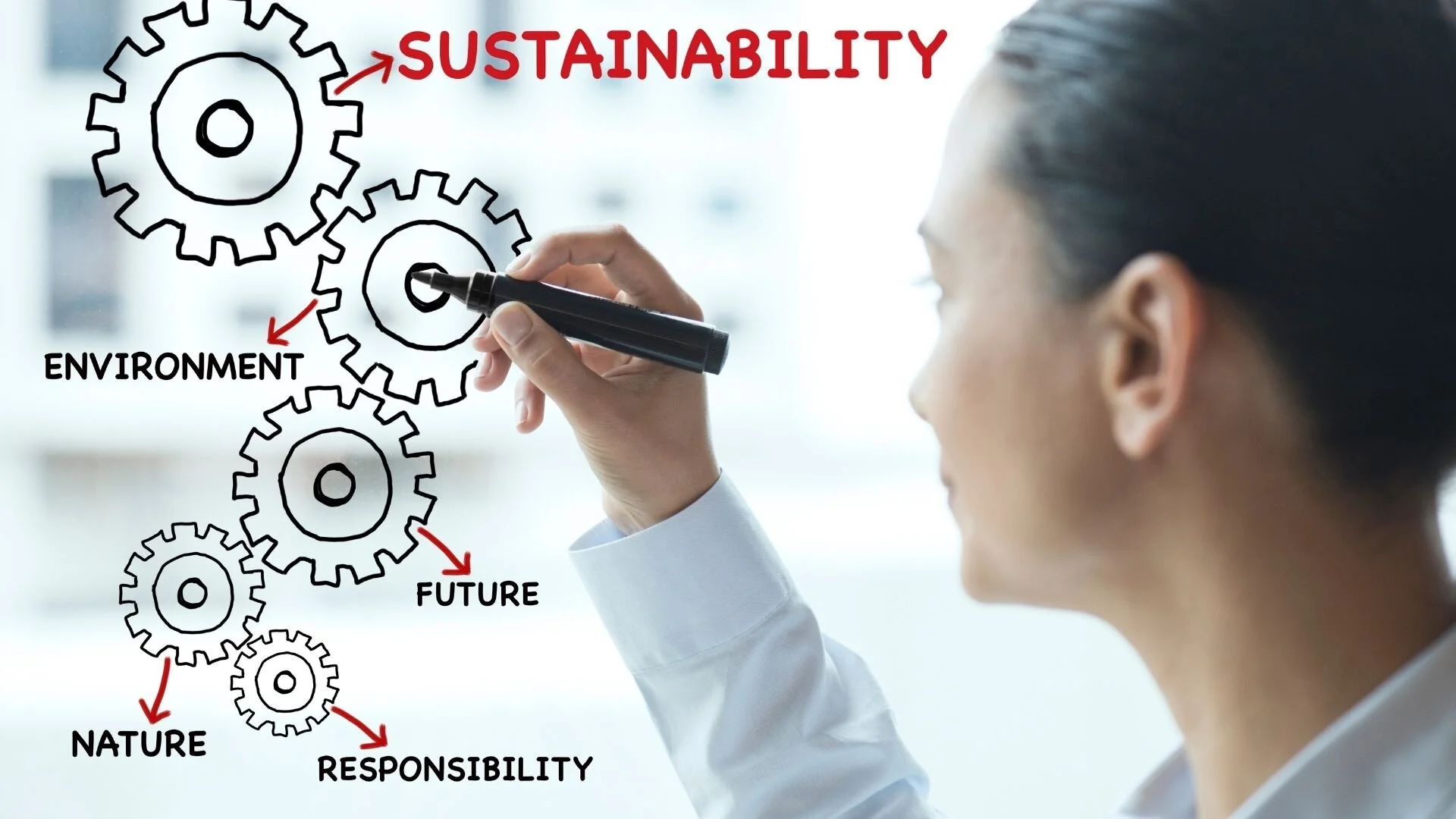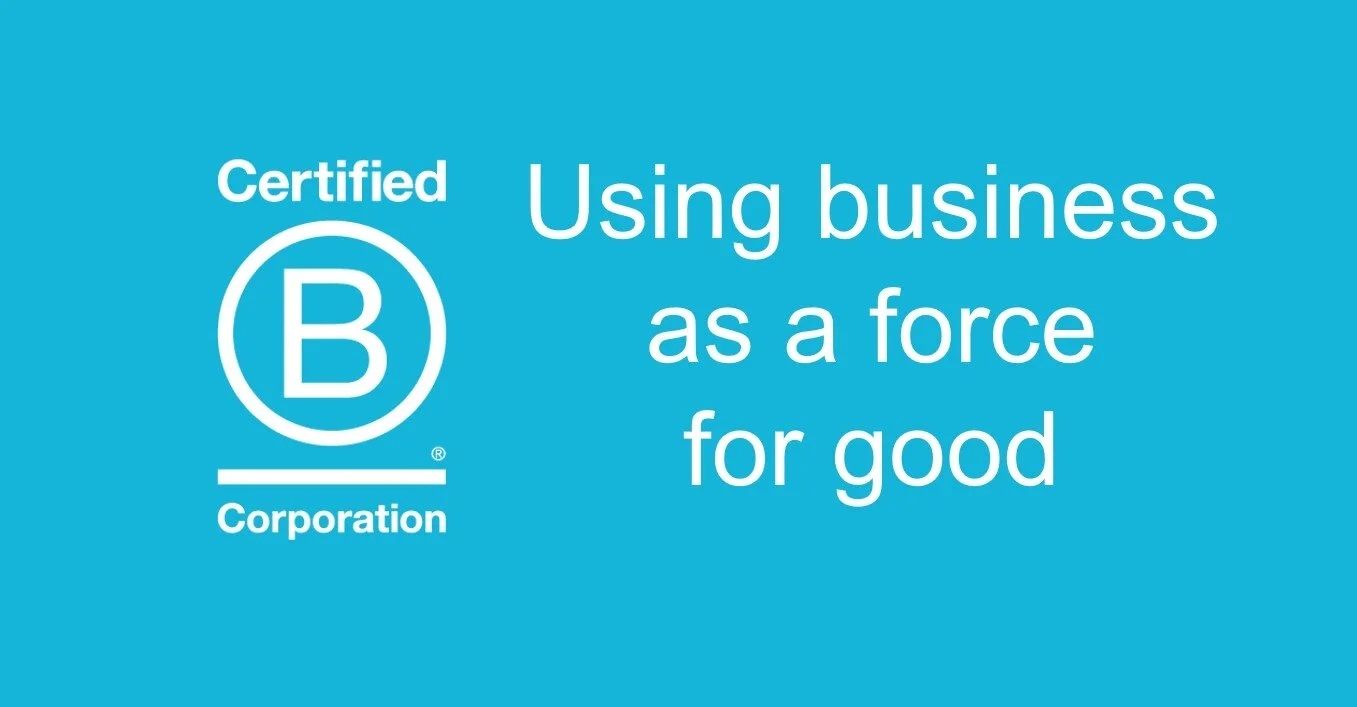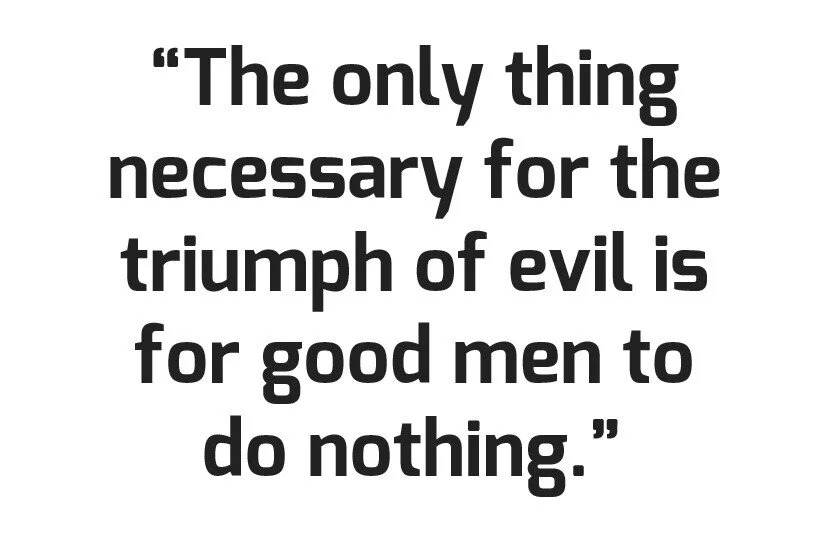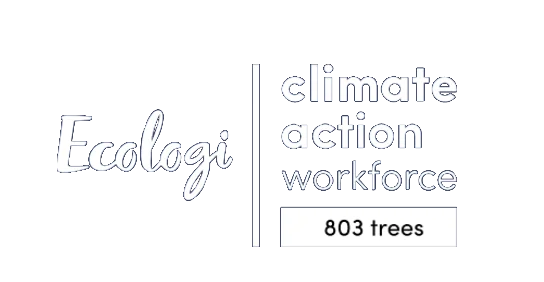As a business owner, maybe you’ve seen the green writing on the wall. Maybe you’ve noticed the growing pressures on businesses to lift their environmental game coming from all sides – from governments, customers, suppliers, and more.
Perhaps you’ve thought to yourself, ‘I wonder how much negative impact our business operations are having on society and the environment…?’ Maybe you even realise that your company could be more prosperous than ever by embracing a sustainable strategy.
But what you’re not clear on is where to start and what to prioritise. That’s why you need a sustainability plan and this article will tell you how to get one.
First, it’s important to understand that having a clear sustainability plan creates business benefits for your company or organisation. Having a sustainability plan can:
• create new business opportunities and develop your competitive advantage
• increase productivity while also reducing operational costs and avoiding future penalties or taxes as new environmental legislation is implemented
• improve your brand image while creating stronger employee engagement.
• attract investors who require data on your environmental, social and governance impact
• improve your reputation with stakeholders such as customers and the local community
MEASURE IT TO MANAGE IT
Management thinker Peter Drucker (1909-2005) is often quoted as saying that “you can’t manage what you can’t measure.” Known as the ‘father of modern management’, Drucker means that you can’t know whether or not you are successful unless success is defined and tracked.
In other words, if you don’t measure it, you can’t improve it and when it comes to sustainability, that means you first have to understand your social and environmental impact.
What kind of thing? The first place to start is usually with energy – how much are you using for things like heat, lighting, running machinery, etc. and where is it coming from? Oil, coal or gas or from renewable sources such as wind and solar? This is a big deal. Switching to a renewable energy supplier is one of the most impactful and easiest changes to make.
However, before we start talking about changes, we need a full picture and you paint this picture by undertaking an Initial Environmental Review (IER). [Psst – keep reading till the end where we reveal the easiest way to do this.]
An environmental review is the process of assessing your business’ environmental performance and, through that, understanding what your priorities are for taking action. This could be addressing the biggest polluters as soon as possible but it could also be taking advantage of the easy wins straight away. The review is a three-stage process:
• establish the current environmental situation
• set targets for improvement
• implement an action plan
Of course, like most things, this is easier said than done.
KEY AREAS OF IMPACT
The key areas for measuring your environmental impact include:
• Energy – types of energy used, how much is being used and at what cost
• Water – where and how water is used, the cost involved (including effluent disposal)
• Transport – what type of vehicles, how many, mileage per vehicle, fuel used and greenhouse gas emissions
• Raw materials – including materials used in production processes and those used in the everyday running of the business, such as paper and plastic cups in vending machines. Consider the cost, type and quantity of materials you use.
• Packaging – do you use packaging, if so, what type, where do you source it from and how polluting is it at source, and how do you manage its disposal and end-of-life?
• Waste – what type of waste do you produce, how much, and where does it go? I.e, recycling, landfill or other?
• Legislation:
• What legislation applies to your business and how well you are complying with it.
• What future legal requirements could pose risks and opportunities for your business.
• What are your past and present and pollution incidents and potential risks?
As well, an IER would include the basic information about your premises, such as the size, the type (factory, office, etc), number of employees, and financial figures, etc.
SETTING TARGETS
Once you have a better picture of your impact, it’s time to create a clear sustainability plan that includes your concrete and measurable sustainability actions. For example, if a company goal is to reduce carbon emissions by 50 per cent within five years, you assign staff KPIs that work towards this goal as appropriate to their role so that the whole team is working towards meeting the company’s environmental targets.
SUSTAINABILITY FRAMEWORKS
The truth is that, although most of us want to help address the climate emergency and certainly don’t want to contribute to the suffering and damage caused by global warming and pollution, it can seem an overwhelming task. Carrying out an IER on your own can be a daunting task.
This is why so many frameworks for implementing a sustainability strategy are now popping up – from the United Nations 17 Sustainable Development Goals, to the Global Reporting Initiative, B Corp, FutureFit Business, Planet Mark, The Natural Step, Carbon Disclosure Project, SDG Compass… and many more.
All of these organisations are trying to make it as easy as possible for businesses and organisations to assess, measure and mitigate their social and environmental impact with a view to addressing the urgent global climate emergency.
B CORP PARTNERS
Here at Business On Purpose, we work with the B Corp model, which is aligned with the UN Sustainable Development Goals. We like the B Corp framework because it makes a complex process as simple as possible and offers a clear roadmap, as well as easy-to-use free tools, for improving your environmental impact year on year as well as assessing and improving your social impact. It’s this comprehensive aspect that sets B Corp apart.
Even better, you don’t have to walk this path alone. The Business On Purpose team can guide you through the B Corp application from zero to hero, one step at a time on our 10-step ‘Couch to 5km’ programme. You can go on this journey either one-to-one or in a group programme alongside other businesses that are also starting on this path.
If you’re interested in exploring B Corp assessment or certification and want to find out more, go to https://businessonpurpose.uk/bcorp or drop an email to: andy@businessonpurpose.uk

